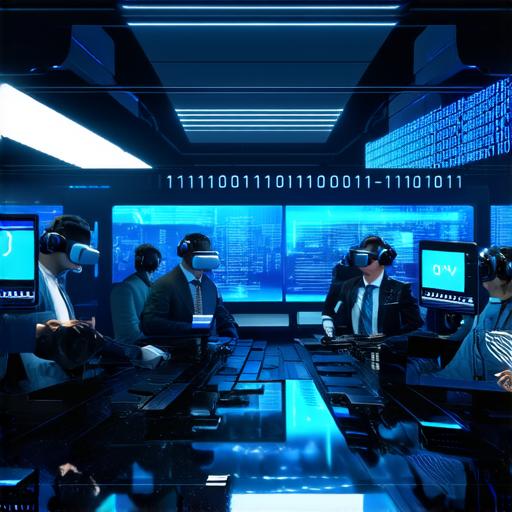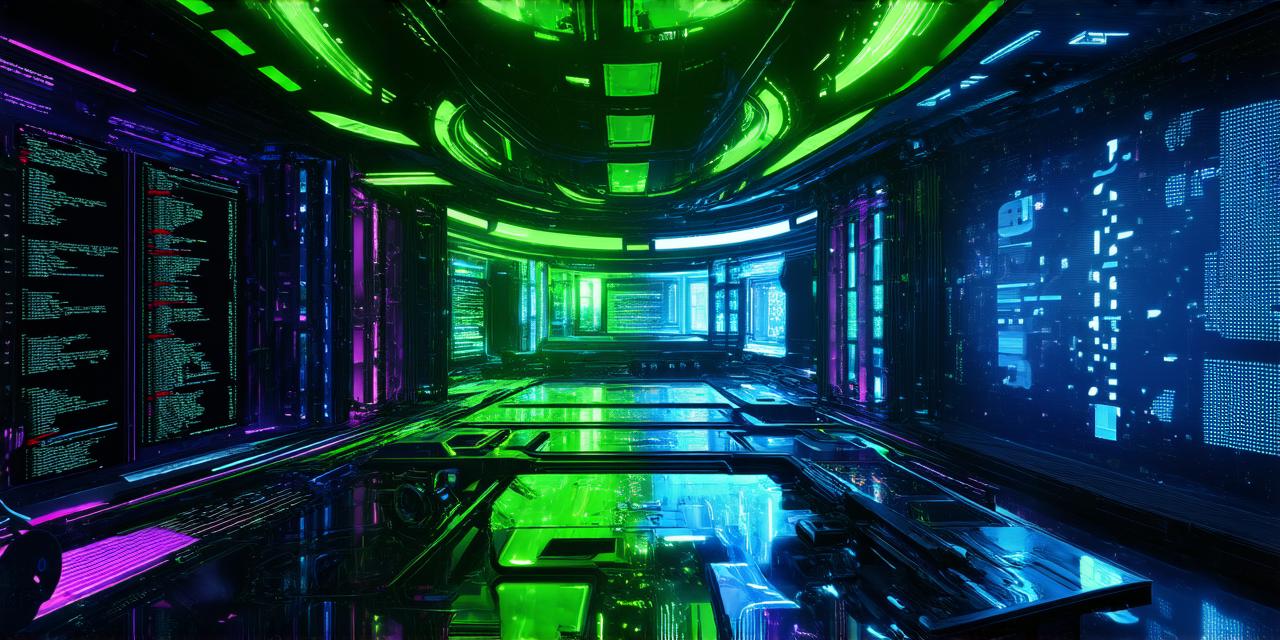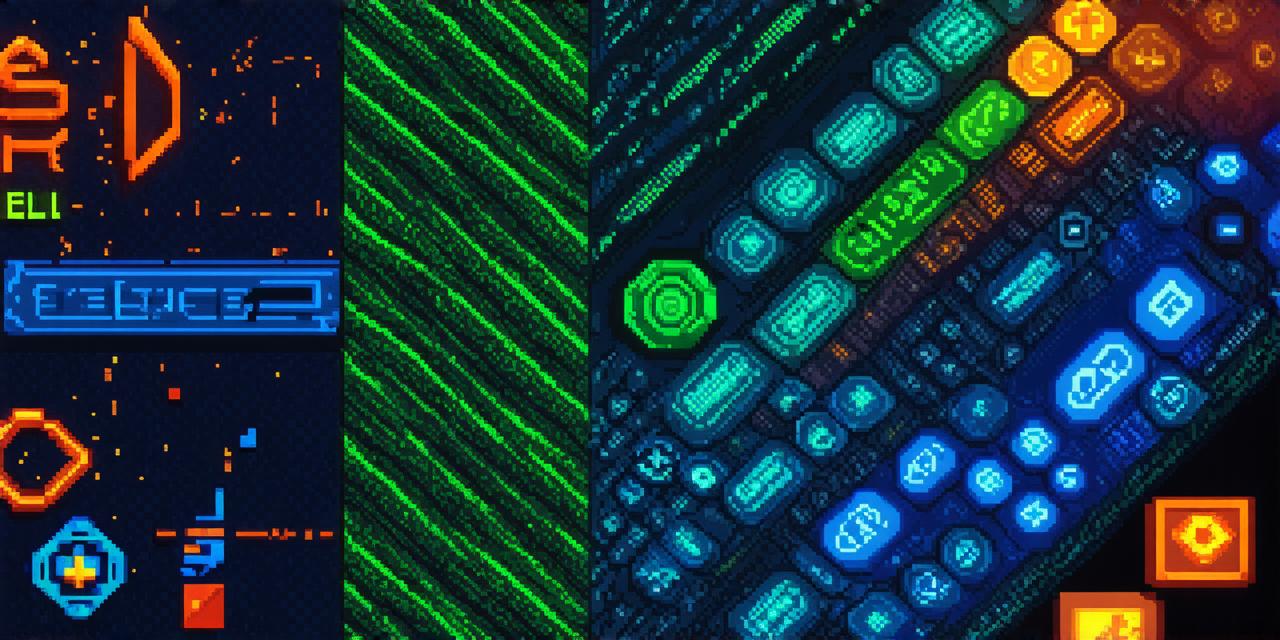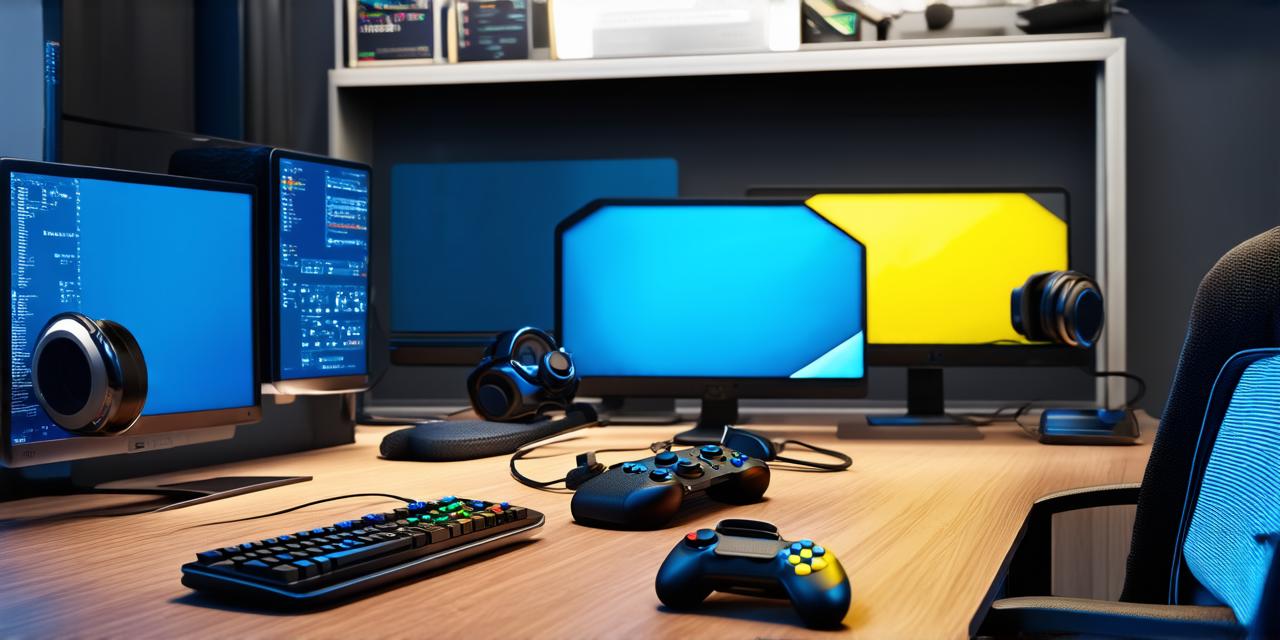Table of Contents
- Introduction to Virtual Reality Games
- Tools and Technologies Used in VR Game Development
- Best Practices for VR Game Development
- Case Studies: Successful Virtual Reality Games
- Future of Virtual Reality Games
- Summary
- FAQs

Introduction to Virtual Reality Games
Virtual reality (VR) games have been around for over a decade now, and they continue to evolve with advancements in technology. With the introduction of VR headsets such as Oculus Quest 2 and HTC Vive Pro Eye, the possibilities for game development in this space are limitless. In this article, we will explore the development process of virtual reality games, including the tools and technologies used, best practices, and case studies.
Tools and Technologies Used in VR Game Development
There are several tools and technologies used in virtual reality game development, including:
Virtual Reality Headsets:
These devices allow players to experience the simulated environment of a game. Popular VR headsets include Oculus Quest 2, HTC Vive Pro Eye, and PlayStation VR.
Game Engines:
Game engines such as Unity and Unreal Engine are used to create the interactive elements of a VR game. These engines provide a set of tools and technologies that simplify the development process and allow developers to focus on creating immersive experiences.
Motion Capture:
Motion capture technology is used to capture the movements of players in real-time, which is then used to animate digital characters in the game. This technology has been used in popular VR games such as Beat Saber and Half-Life: Alyx.
3D Modeling Software:
Tools such as Blender and Maya are used to create 3D models of objects and environments that will be rendered in the game. These models provide a visual representation of the game world and are an essential part of creating an immersive experience.
Best Practices for VR Game Development
To ensure that VR games are engaging, immersive, and enjoyable for players, there are several best practices to follow. These include:
Focus on Immersion:
The goal of VR game development is to create an immersive experience that feels like the real world. This can be achieved through the use of realistic graphics, sound effects, and motion tracking.
Keep it Simple:
VR games should be easy to navigate and understand. Complex controls and menus can detract from the overall experience and make it difficult for players to get started.
Test Early and Often:
Regular testing is essential during the development process to identify and fix issues before they become major problems. It’s important to test with a diverse group of users to ensure that the game is accessible and enjoyable for everyone.
Optimize for Performance:
VR games can be demanding on hardware, so it’s important to optimize performance to avoid motion sickness and other issues that can detract from the experience.
Case Studies: Successful Virtual Reality Games
There are several successful virtual reality games that have showcased best practices in game development. These include:
Beat Saber:
This music-based VR game has been praised for its immersive and engaging experience, as well as its easy-to-use controls. The game’s success has helped to drive the popularity of VR gaming and has inspired other developers to create similar games.
Half-Life: Alyx:
This VR version of Valve’s popular first-person shooter has been praised for its immersive environment, realistic graphics, and challenging gameplay. The game has helped to push the boundaries of what is possible in VR gaming and has inspired other developers to create more ambitious games.
Job Simulator:
This game allows players to simulate everyday tasks such as cleaning, cooking, and painting. The game’s immersive experience and easy-to-use controls have made it a popular choice for gamers of all ages.
Future of Virtual Reality Games
The future of virtual reality games looks promising as technology continues to advance. Some of the trends we can expect to see in VR game development include:
More Advanced Motion Tracking:
Improvements in motion tracking technology will allow for more realistic and responsive player movement, creating a more immersive experience.
Increased Hardware Power:
As technology advances




